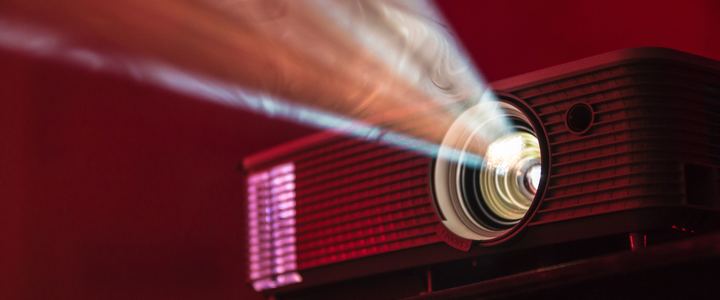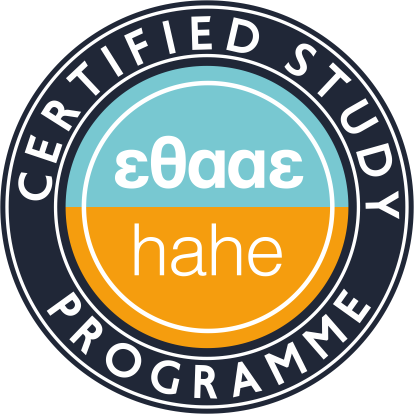
Dr. L. Linssen, Project Leader, Linear Collider Detector, Physics & Detectors Study Group, CERN
12:30 Auditorium A31
Abstract
CERN is preparing already now the future of particle physics after the LHC. The seminar reports on studies of the physics potential and experiments at a future multi-TeV CLIC linear e+ e- collider. A linear e+ e- collider has the potential to unravel underlying theories of crucial phenomena that are within the detection reach of LHC.
The seminar will therefore give an overview of the CLIC physics potential and how this will complement LHC data. The R&D on the CLIC accelerator with its two-beam acceleration scheme will be described. Concerning the detectors, their technical challenges be compared to those of the current multi-purpose LHC experiments.
The CLIC accelerator and detector studies therefore give many opportunities for participation in a diverse R&D program, both inside and outside CERN.
Speaker
Dr Lucie Linssen, of Dutch nationality, received a PhD in physics from the University of Amsterdam in 1986 following studies of proton-antiproton interactions at CERN’s Low Energy Antiproton Ring (LEAR). She is employed by CERN since 1986, working as an experimental physicist on various high-energy particle physics experiments and detector R&D projects, such as: the UA2 experiment (proton-antiproton physics), scintillating fibre calorimeter R&D, the NOMAD experiment (neutrino physics) and the CMS experiment. After serving as the deputy leader of CERN’s physics department, she is currently in charge of CERN’s Linear Collider Detector project.
Abstract
CERN is preparing already now the future of particle physics after the LHC. The seminar reports on studies of the physics potential and experiments at a future multi-TeV CLIC linear e+ e- collider. A linear e+ e- collider has the potential to unravel underlying theories of crucial phenomena that are within the detection reach of LHC.
The seminar will therefore give an overview of the CLIC physics potential and how this will complement LHC data. The R&D on the CLIC accelerator with its two-beam acceleration scheme will be described. Concerning the detectors, their technical challenges be compared to those of the current multi-purpose LHC experiments.
The CLIC accelerator and detector studies therefore give many opportunities for participation in a diverse R&D program, both inside and outside CERN.
Speaker
Dr Lucie Linssen, of Dutch nationality, received a PhD in physics from the University of Amsterdam in 1986 following studies of proton-antiproton interactions at CERN’s Low Energy Antiproton Ring (LEAR). She is employed by CERN since 1986, working as an experimental physicist on various high-energy particle physics experiments and detector R&D projects, such as: the UA2 experiment (proton-antiproton physics), scintillating fibre calorimeter R&D, the NOMAD experiment (neutrino physics) and the CMS experiment. After serving as the deputy leader of CERN’s physics department, she is currently in charge of CERN’s Linear Collider Detector project.


